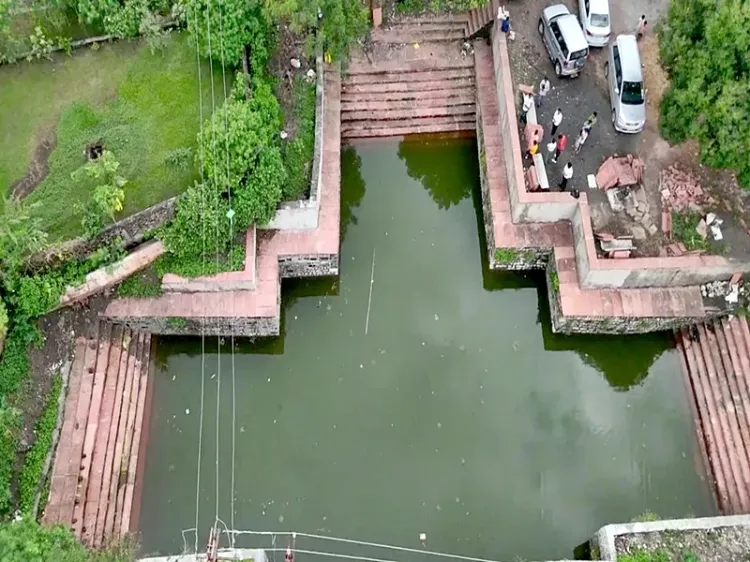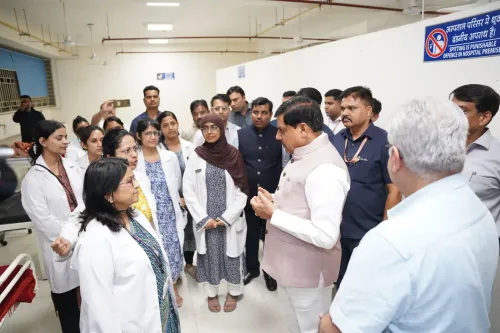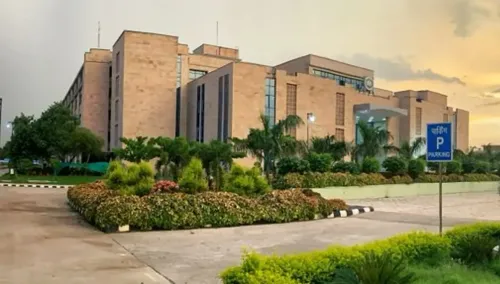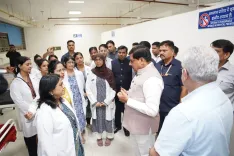How is AMRUT 2.0 Reviving Indore's Surajkund Stepwell?

Synopsis
Key Takeaways
- Community Engagement: Local citizens and youth actively participated in the restoration.
- Heritage Conservation: The project emphasizes the importance of preserving historical structures.
- Sustainable Practices: Focus on water conservation and environmental awareness.
- Government Support: The AMRUT 2.0 scheme plays a crucial role in funding restoration.
- Cultural Significance: The stepwell represents a vital part of Indore’s heritage.
Indore, Oct 24 (NationPress) The Madhya Pradesh Urban Development and Housing Department’s initiative for the preservation of traditional water structures has shown remarkable success in Indore, where the historic Surajkund Stepwell has been restored to its former magnificence.
Nestled within the Mangleshwar Mahadev Temple complex in Depalpur, Indore district, this centuries-old stepwell has been revitalized through active involvement from local citizens and the youth.
A recent government announcement highlighted that the restoration efforts were conducted under the AMRUT 2.0 scheme of the Urban Development Department. “Today, this water structure serves as a beacon not just for Depalpur, but for the entire state,” it stated.
The project focused on enhancing both the quality and quantity of water, reconstructing damaged steps and pathways, clearing plastic and solid waste, improving greenery and landscaping, and fostering community awareness regarding water conservation.
According to local lore, the Surajkund Stepwell was constructed during the Parmar dynasty in the 11th century and later renovated by Lokmata Devi Ahilyabai Holkar, who turned it into a crucial drinking water source for the town’s inhabitants.
Sadly, neglect over the years led to its decline, with broken steps, eroded pathways, and a dwindling water supply. The government has praised Indore’s youth for their dedication to safeguarding heritage and promoting the water conservation movement.
As part of the state’s ‘Jal Ganga Samvardhan Abhiyan’, the Urban Development and Housing Department has initiated a citizen-participation program to restore and protect water structures throughout all urban bodies in Madhya Pradesh.
Officials have reported encouraging results, with local communities—especially the youth—actively committing to protect water resources and revive the state’s traditional water heritage.
A statement emphasized that local citizens and youth have been instrumental in preserving the Surajkund Stepwell. They have vowed to ensure that this historic monument is never neglected again. “This is our heritage,” they declared. “Our ancestors valued it, and we want our future generations to take pride in it too.”









